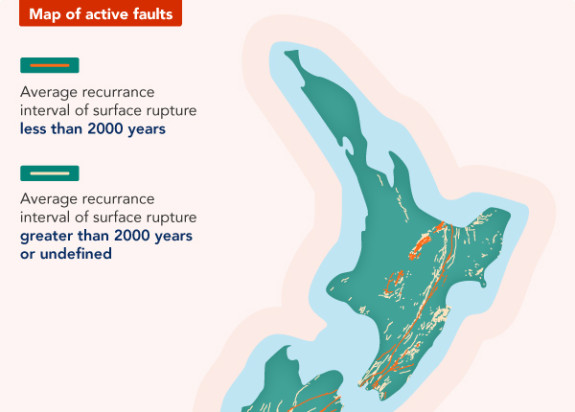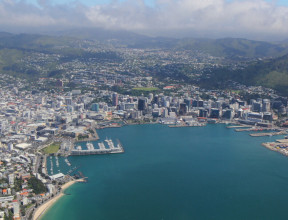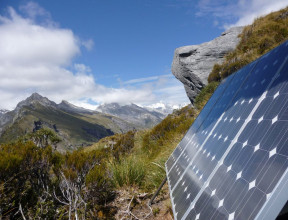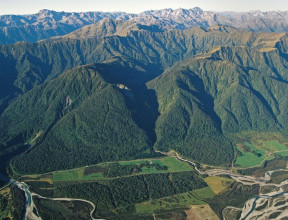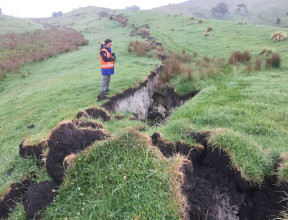
New Zealand's faults
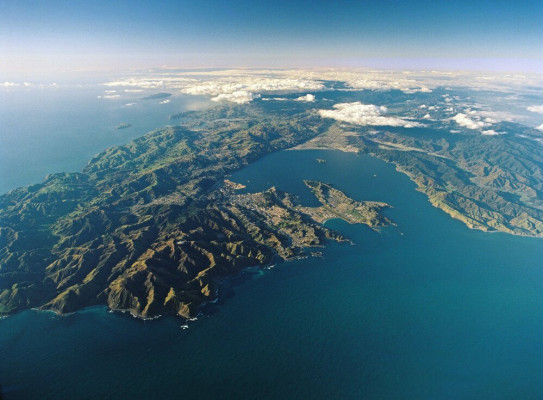
Aotearoa New Zealand – a land of many faults.
A fault is a fracture along which the crust has moved. As far as seismologists now understand, all but the very deepest earthquakes (deeper than 600km) occur on faults.
Different types of faults
Stresses in the crust along New Zealand’s plate boundary have broken it into separate fragments or blocks that move relative to each other along fault lines. Looking at faults helps geologists to understand how tectonic plates move relative to one another.
Faults can be as short as a few metres, and as long as 1000km. The fault rupture from an earthquake isn’t always a straight or continuous line. Sometimes there can be short offsets between parts of the fault, and even major faults can have large bends in them.
-
Types of Fault Movement
Types of movement that can occur along faults during an earthquake include:
- Normal faulting: Where the crust is being pulled apart, normal faulting occurs, in which the overlying (hanging-wall) block moves down with respect to the lower (foot wall) block.
- Reverse faulting: Where the crust is being compressed, reverse faulting occurs, in which the hanging-wall block moves up and over the footwall block – reverse slip on a gently inclined plane is referred to as thrust faulting.
- Strike-slip: Crustal blocks may also move sideways past each other, usually along nearly vertical faults. This ‘strike-slip’ movement is described as sinistral when the far side moves to the left, and dextral, when the far side moves to the right.
- Oblique slip: An oblique slip involves various combinations of these basic movements, as in the 1855 Wairarapa Fault rupture, which included both reverse and dextral movement.
Types of fault motion during earthquakes – This video shows the different types of motion land can move during an earthquake. transcript
Blocks of land can move in several different ways relative to each other during an earthquake. This video shows the different types of motion.
Normal fault Normal fault motion is where one overlying block of land moves or slides down relative to the lower block. This is a vertical movement. The Taupō Volca no Zone is an extensional rift zone and normal faulting is common in this region. The M6.5 Edgecumbe 1987 earthquake is an example of normal faulting.
Reverse fault A reverse fault is where one block of land moves over top of the other one. A thrust fault is a certain type of reverse faulting where the angle of movement is less than 45 degrees. Reverse faulting occurs all over New Zealand. Many shallow earthquakes are reverse faulting, including the M6.2 Christchurch 2011 earthquake. Large, mega-thrust subduction zone earthquakes worldwide are always reverse faulting, such as the M9.1 Sumatra 2004 and M9.1 Tohoku 2011 earthquakes. They often cause a tsunami due to displacing the water vertically when the seafloor thrusts up.
Blind thrust fault Where a reverse fault earthquake does not rupture the Earth’s surface. A reverse fault is where one block of land moves over top of the other one. Blind faults are where any type of fault motion produces an earthquake that doesn’t rupture the Earth’s surface. It is rare that an earthquake ruptures the surface, because most earthquakes are not big enough and occur several kilometres or more below the surface.
Strike-slip Strike-slip faulting is where two blocks of land on either side of the fault move past each other horizontally. There is very little up or down movement. The Alpine Fault is the most well-known fault in New Zealand to move in a strike-slip motion. The Greendale Fault (M7.1 Darfield 2010 earthquake) moved in strike-slip motion and ruptured the Earth’s surface. You can often see metres of horizontal displacement in large enough strike-slip earthquakes.
Oblique fault An earthquake that is a combination of strike-slip and reverse or normal faulting, with a combined horizontal and vertical component. The Wairarapa and Wellington Faults are examples of this type of oblique fault, with a horizontal and vertical component.
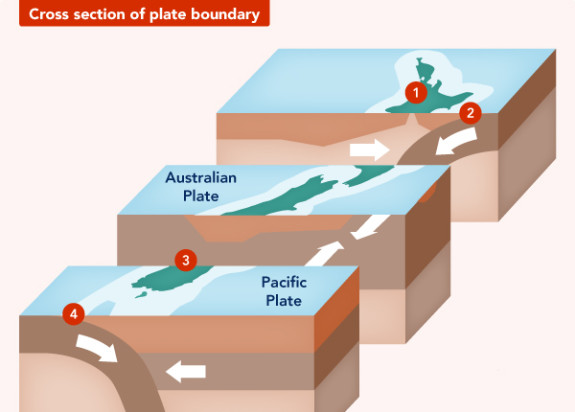
When a fault is 'active'
If a fault shows evidence of having moved at least once in the past 125,000 years, geologists regard the fault as a potential source of earthquakes. If it has moved at least once in the past 5000 years, then it is considered a potential source of damaging earthquakes to any settlement within a radius of 50km. Once a major fault has formed, future earthquakes are generated along the same line, and after hundreds of thousands, or millions of years of movement, increasingly large vertical and horizontal displacements of land occur. Repeated earthquakes and their associated fault movements have formed the major mountain ranges of New Zealand.
Faults that fall outside the traditional definition of 'active' can still be capable of generating earthquakes. These faults can - and have - contributed to major events, such as the 2016 magnitude 7.8 Kaikōura earthquake.
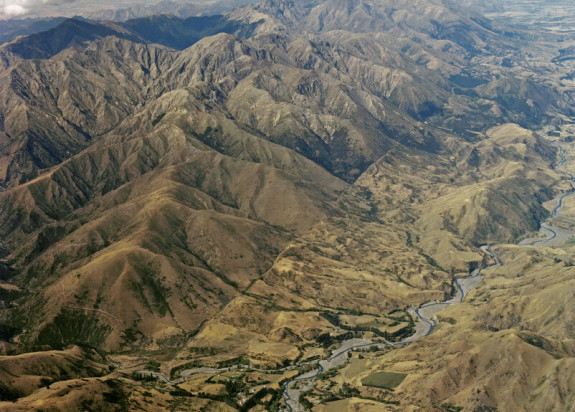
Earthquakes and Faults in NZ
The Many Faces of the Papatea Fault
-
These are our major faults and fault systems:
- The Kermadec/Taupo Volcanic Zone fault also has many active faults associated with rifting and extension of the crust in the area. Running in a continuous line from the Bay of Plenty southwards to the Wellington coast, this system has pushed up a line of mountain ranges including the Kaweka, Ruahine, Tararua and Rimutaka ranges. In the Wellington area, several major faults are spread out parallel to each other, including the infamous Wellington Fault.
- The Hikurangi Subduction Zone is an offshore boundary plate feature that is being extensively studied.
- The Alpine Fault carries most of the total plate boundary strain through the South Island. This section of the fault is considered to be at high risk of producing a major earthquake in the next 50 years.
- The Marlborough Fault System is a series of major parallel faults that link the Hikurangi Subduction zone and the Alpine Fault.
Many other relatively minor faults occur across the South Island, which rupture less frequently, such as those which have caused the Canterbury and Christchurch earthquakes
